Well 14
Well 14
Well 14 provides drinking water for thousands of residents on the west side of Madison. It is also the most contaminated of all City of Madison wells and is getting worse every year. The Lake Mendota Drive reconstruction project threatens to further intensify this negative trend of contamination.
The graphs to the right shows that sodium and chloride concentrations in Well 14 have tripled since 2000 with close to half of that contamination occurring from 2015 to 2020. https://www.cityofmadison.com/water/water-quality/water-quality-reports-for-madison-municipal-wells
People with high blood pressure or on salt restricted diets are at risk because sodium concentration levels significantly exceed EPA guidelines. In addition, water from the well reached critical chloride contamination levels in 2016. The taste of salt is noticeable now to some residents.
Almost half of the Lake Mendota Drive reconstruction project is in the 10-year capture zone for Well 14. The Lake Mendota Drive reconstruction project and further hardscape surface construction (i.e., sidewalks and roads) will likely contaminate Well 14 further as residents spread salt on new sidewalks to prevent people from slipping on ice during the winter.
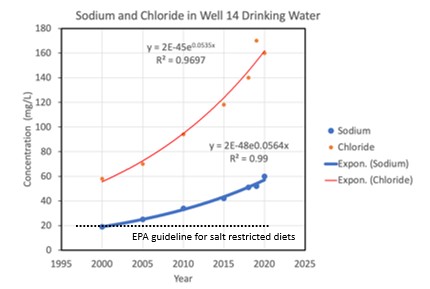
Well 14 Capture Zone
Picture on the right shows the Well 14 capture zone draining down to Lake Mendota Drive, the springs and Lake Mendota. The capture zone is the area around a drinking water supply well that contributes water to the well. To protect the water quality of wells, potential sources of contamination are prohibited from being located within the capture zone. The purpose of a capture zone is to ensure that the chemical concentrations in the water extracted from the water supply well are below the drinking water standards. The 10-year reference refers to the time that water or solute travels to the well.
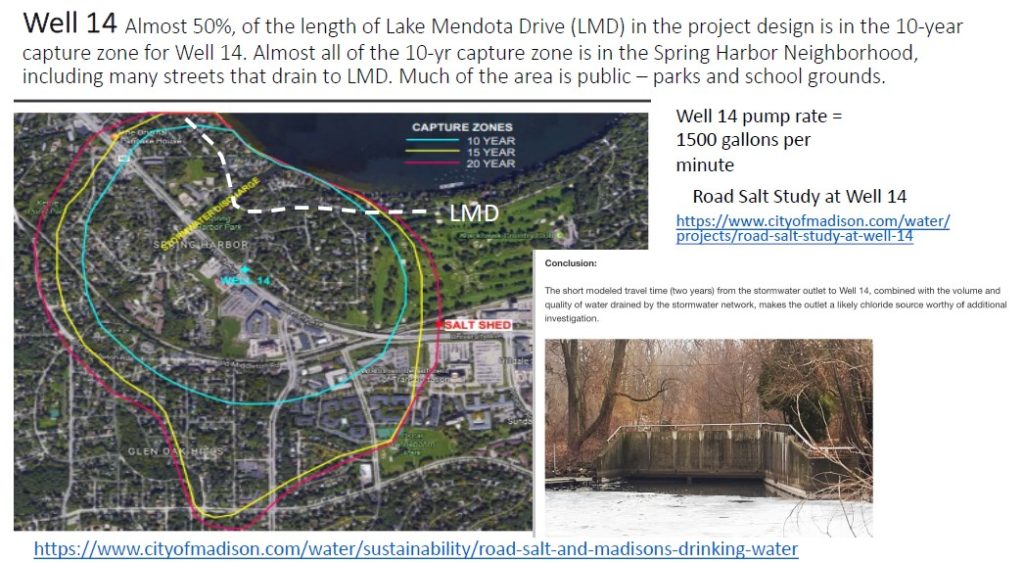
Well 14 Connection to Springs
Well 14 is directly connected to local springs and the shallow groundwater aquifer that spans sandy soils and fracture, karst-like sandstone bedrock below. Well 14 draws water at only 120 fee down from the shallow aquifer in a rock formation called the Tunnel City. This rock formation is what supplies local springs.
If the springs run dry as a result of high Well 14 pumping rates, drought, or too much rainwater channeled directly to Lake Mendota bypassing the natural absorption into the ground, then dirty stormwater backwashes through Tunnel City back into the well.
All of these water sources are connected and need to be managed as an ecosystem.
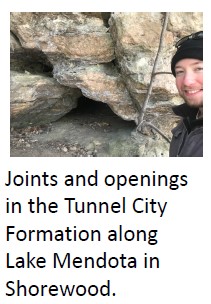
Salt Usage Increasing
We have statistics on salt usage on roads at the Dane County level. Salt use during winter months is what is increasing the sodium concentration levels in Well 14, the springs and Lake Mendota.
- Salt usage has increased 3-fold since 1990 on Dane County trunk roads.
- Salt use on parking lots, sidewalks and driveways are not measured but add to the salination of water sources like Well 14.
- Usage is highly variable from year to year but on a steady upward trend.
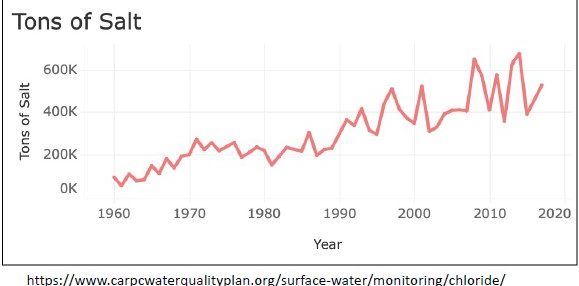
More Sidewalks & More Salt Pollution are Linked
As more sidewalks are poured on Lake Mendota Drive and further up in the watershed, homeowners and contractors will use salt to deice this new hardscape.
This is an increase in salt usage which will further pollute Well 14. Even if the City reduces road hardscape to accommodate sidewalk hardscape it will likely be a net increase in salt usage because the City has adopted a policy of only using salt on main roads where it is probable that sidewalks exist. But on side streets that are not salted, an introduction of sidewalks will introduce new salt usage. This results in more salt working its way into Well 14, Lake Mendota and the Springs.
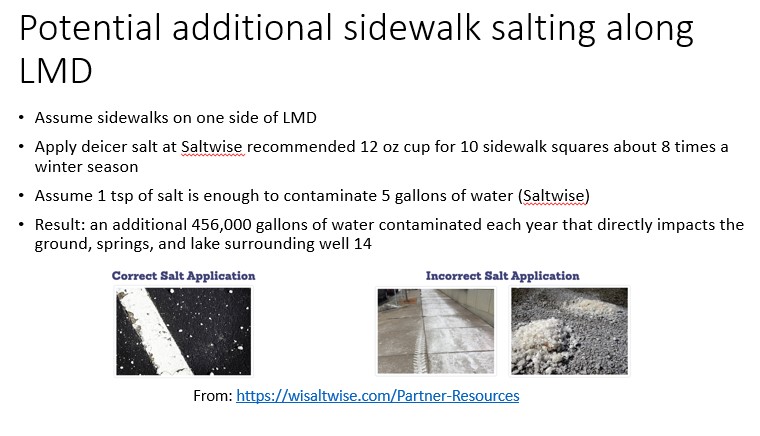
An article on automotive news website reviewing the challenges with salt usage and the correlated salination of drinking water and lake water. https://jalopnik.com/excessive-road-salt-use-in-michigan-is-causing-its-fres-1848719974
City website on Well 14 https://www.cityofmadison.com/water/projects/well-14-chloride-mitigation-project